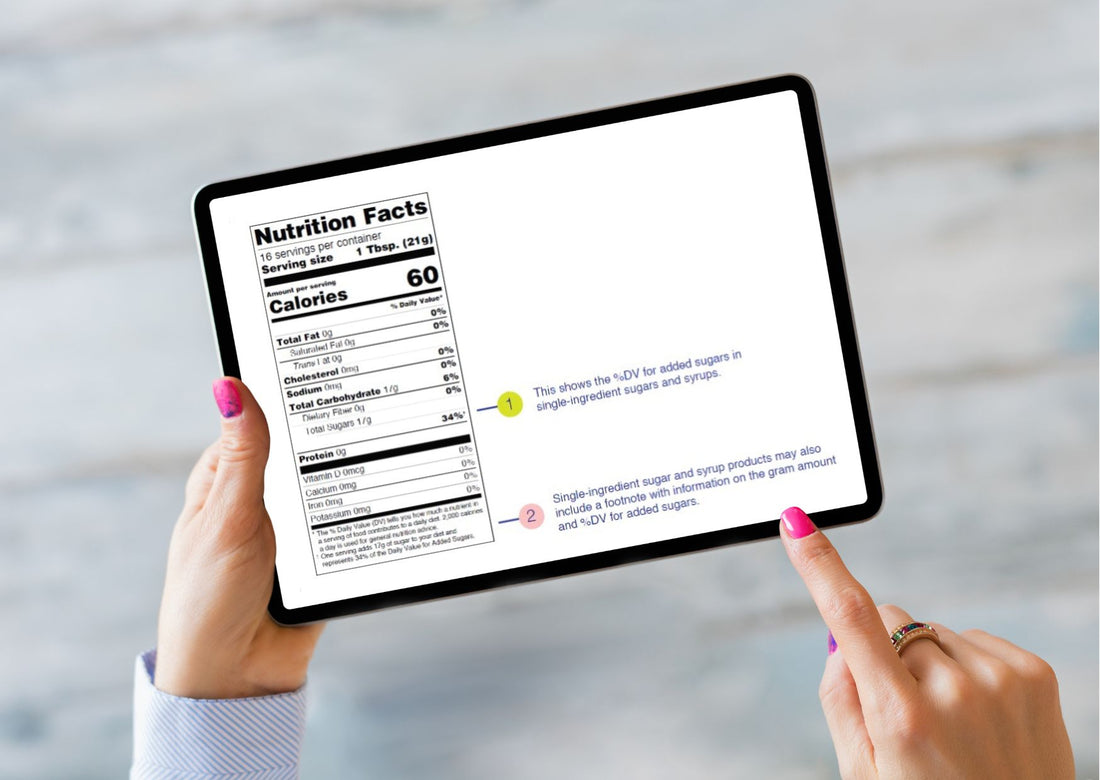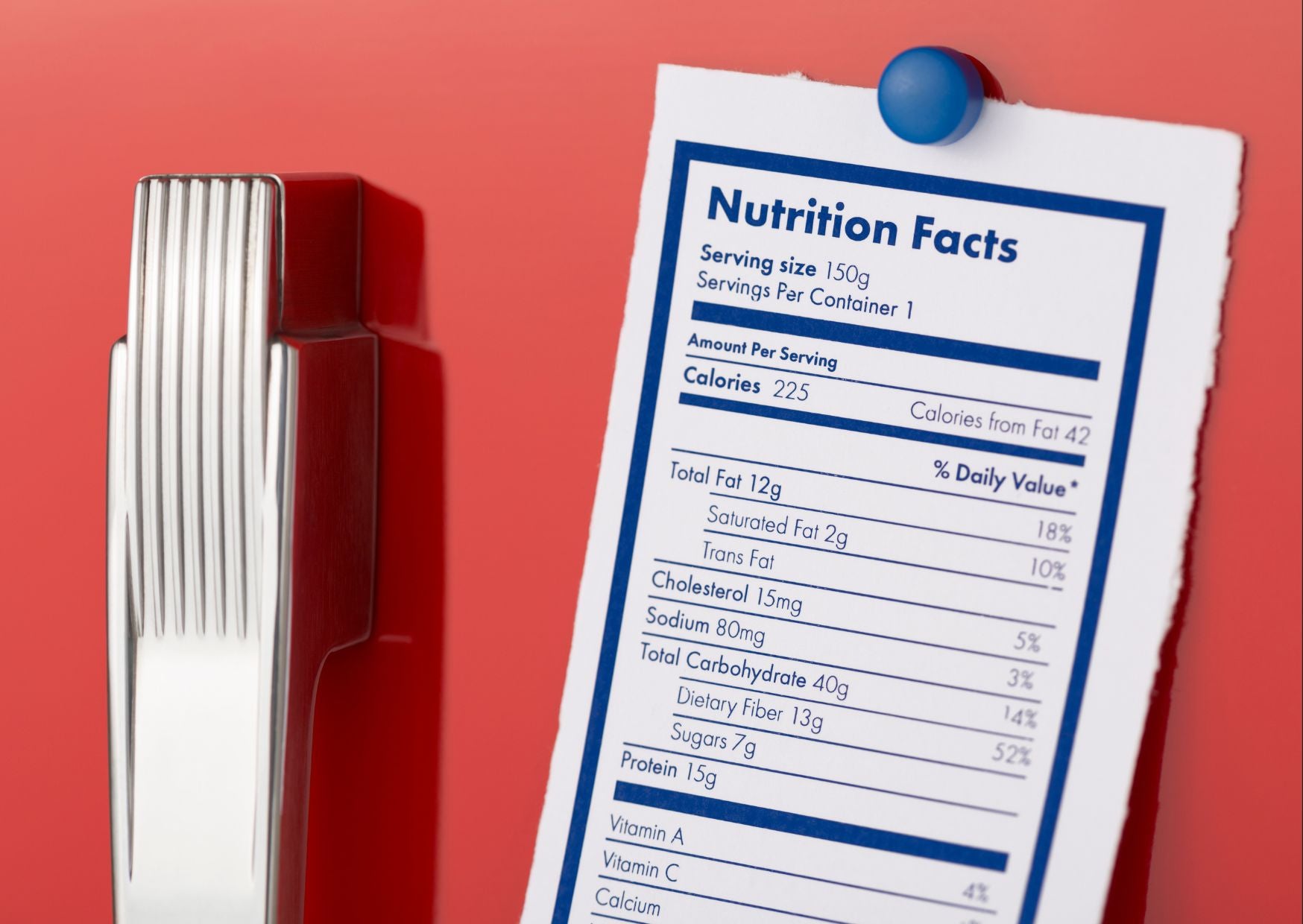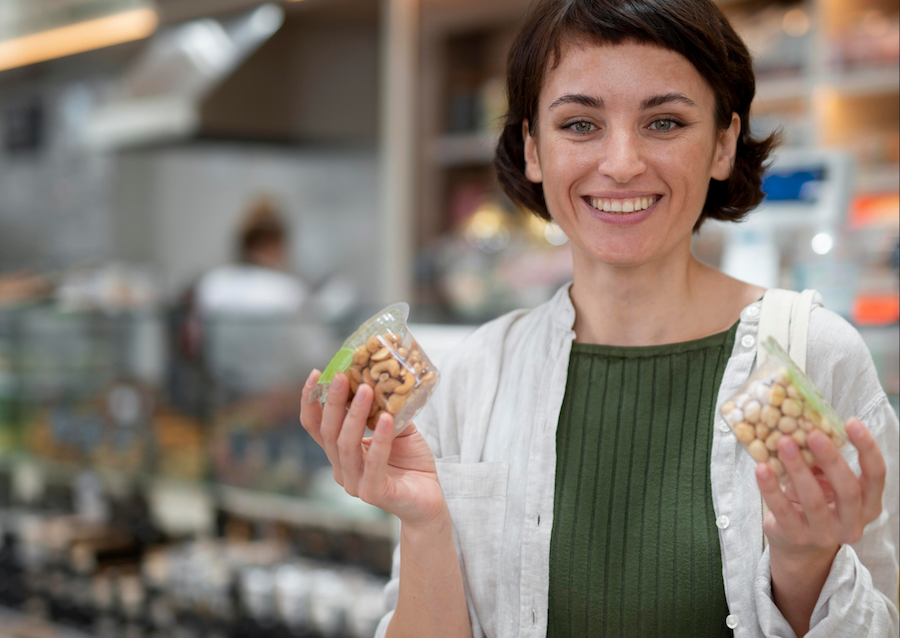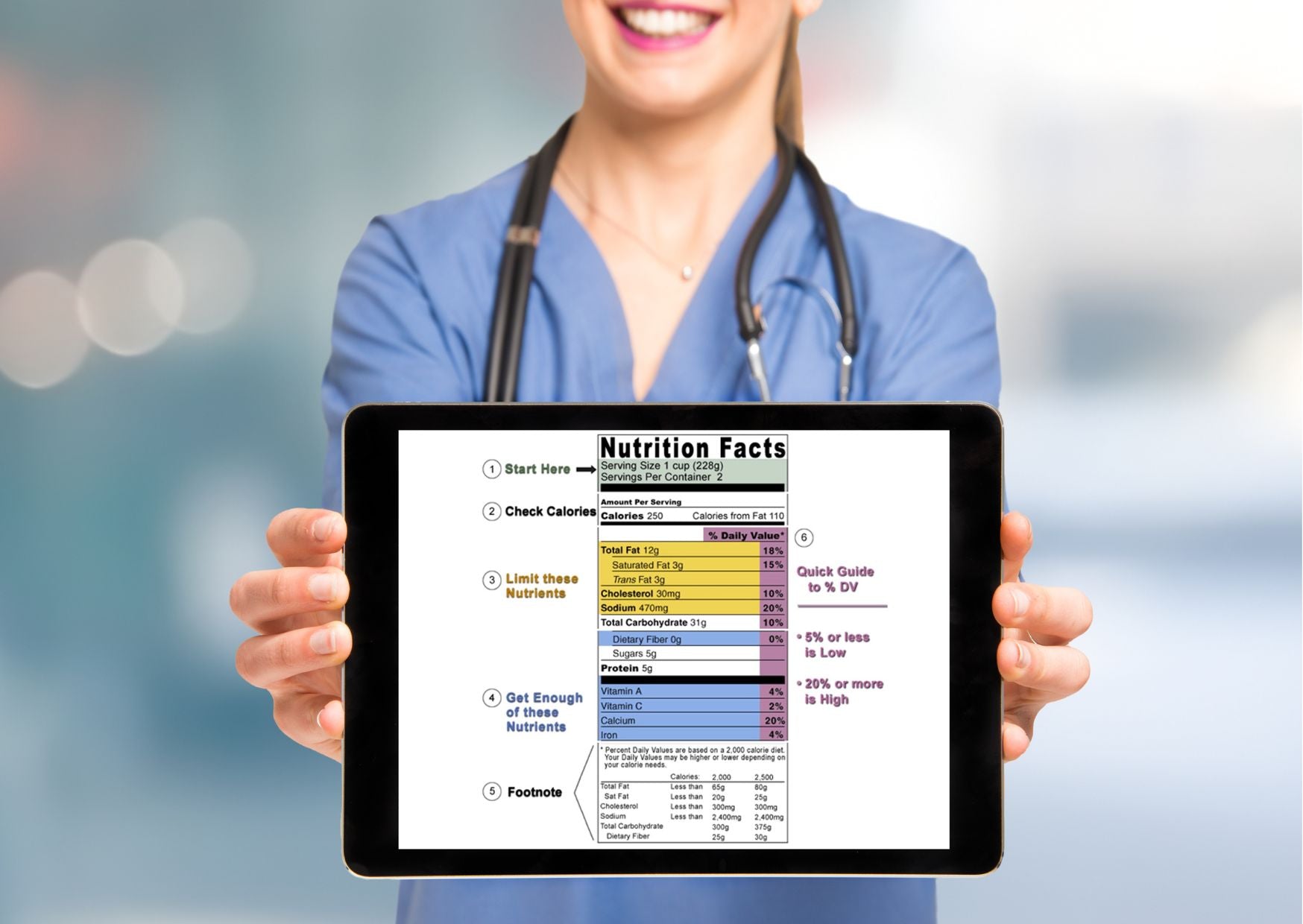When it comes to sugar, natural and added sugar are on a completely different playing field, with important implications for our health. Natural sugar is found in natural sources such as fruits and vegetables, while added sugar is an ingredient that manufacturers add to processed foods.
Understanding the differences between natural and added sugar can help us make better dietary choices for ourselves and our families.
What is the difference between natural and added sugar, and why is it important?
Natural sugars, such as those found in milk (lactose) and fruit (fructose) for example provide essential nutrients for the body such as Vitamin C, folate, and potassium, essential for a healthy body, stable metabolism and of course energy.
Added sugars on the other hand, even naturally occurring ones such as white sugar, brown sugar, and honey (in addition to chemically processed sugars such as high fructose corn syrup), provide an immediate energy boost before being sent to the liver for fat storage, leaving the body feeling depleted of blood glucose levels known as the “sugar crash” and craving another sugar high. If not managed, this sugar crash can potentially lead to obesity and diabetes.
Sugars on nutritional labels
When reading nutritional labels, there is a breakdown of total sugar and added sugar. Total sugar includes natural sugars, but you will note that there is not a daily recommended value. This is because no recommendation has been made for the total amount of sugar to eat in a day.
The U.S Food and Drug Administration, however, has suggested that the daily value of added sugars is recommended at 50 grams based on a 2,000-calorie diet. Some experts have lowered this recommendation to advise that women should eat less than 24 grams of added sugar per day, while men should eat no more than 36 grams of added sugar per day.
It is interesting to note that the average American consumes over 70 grams of added sugar each day. Although sugars in small amounts are not harmful to the body, we don’t actually need added sugars to function properly.
For items such as single-ingredient sugars and syrups that are sold as separate food products, such as maple syrup and honey, only total sugars may be listed. Be aware these are 100% added sugars.
Avoiding sugar overload
As a rule of thumb, most processed foods have added sugars, which is why whole foods are better for the body. Avoiding processed foods however can be extremely difficult in a society that has become reliant on convenience. So, some tips to avoid sugar overload when consuming processed foods:
- “No added sugar” does not mean sugar free. It simply means that no sugars or sugar-containing ingredients were added during processing.
- “Sugar-free” foods aren’t always free of sugar. These foods have less than 0.5g of sugar per serving. Don’t be fooled in thinking there is only one serving per cookie or bar either…the food industry is great at marketing, so ensure you know how many servings in each packet.
- “Reduced sugar or less sugar” means that in comparison to the standard serving size of a conventional food type, a product contains at least 25% less sugars per serving.
Know your sugar additives
In alphabetical order, these are the common names for sugar additives:
- Agave
- Brown sugar
- Confectioner's powdered sugar
- Corn sweetener
- Corn syrup
- Cane sugar
- Fruit juice concentrates
- High-fructose corn syrup
- Honey
- Invert sugar
- Malt sugar
- Molasses
- Raw sugar
- Sugar
- Sugar molecules ending in “ose” such as dextrose, fructose, glucose, lactose, maltose, sucrose
- Syrup
Prioritize essential calories and nutrients first
The best tip for the health conscious is to spend your calories on foods that have low-fat and no added sugars wherever possible. Should you consume a sugary food, consider pairing it with proteins or fats so your blood glucose levels won’t spike as quickly.
Nine food swaps
Food swaps are the go-to for reducing calories and added sugars and many dieticians recommend them. Here are some popular tips:
- Swap berry-flavored yogurt for plain/Greek yogurt with added fresh berries.
- Use avocado as a spread instead of mayonnaise.
- Salsa for ketchup/tomato sauce.
- Oil and vinegar in place of processed salad dressings.
- Coconut water instead of sports/soft drinks.
- Sparkling water rather than soda.
- Cinnamon/nutmeg in coffee instead of sugar.
- Eat berries or other fruit as dessert instead of flavored ice cream bars.
- DRINK WATER. This will not only cut out large chunks of added sugars by ditching sugary drinks, but water can also curb your appetite and boost metabolism.
With a few simple tweaks, you can reduce the number of added sugars and give your body the essential nutrients it needs to function well.
-
Hey, while you're here, we've got a great selection of healthy snacks! Plus, our delivery is fast - you'll receive your goodies the very next day with zero shipping costs. It's never been easier to snack smarter for better health. CHECK IT OUT >







